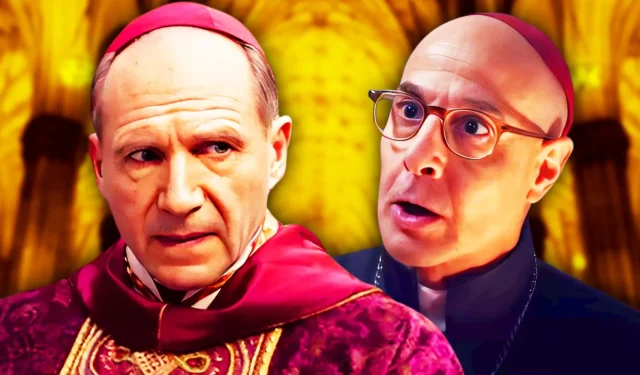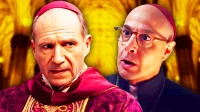The film Conclave masterfully explores the intricate process of electing a new pope, blending powerful performances with a meticulous portrayal of the real-life procedures involved. Led by Ralph Fiennes as Cardinal Thomas Lawrence, the Dean of the College of Cardinals, the cast delivers a compelling narrative centered around the highly secretive selection of a new leader for the Roman Catholic Church. Throughout the film, we witness a group of cardinals—including Bellini (Stanley Tucci), Tremblay (John Lithgow), Tedesco (Sergio Castellitto), Adeyemi (Msamati), and Benitez (Carlos Diehz)—navigate the intense competition for the papacy while unveiling dark secrets about themselves.
Understanding the Real-Life Selection of a Pope
Global Gathering of Cardinals for the Conclave
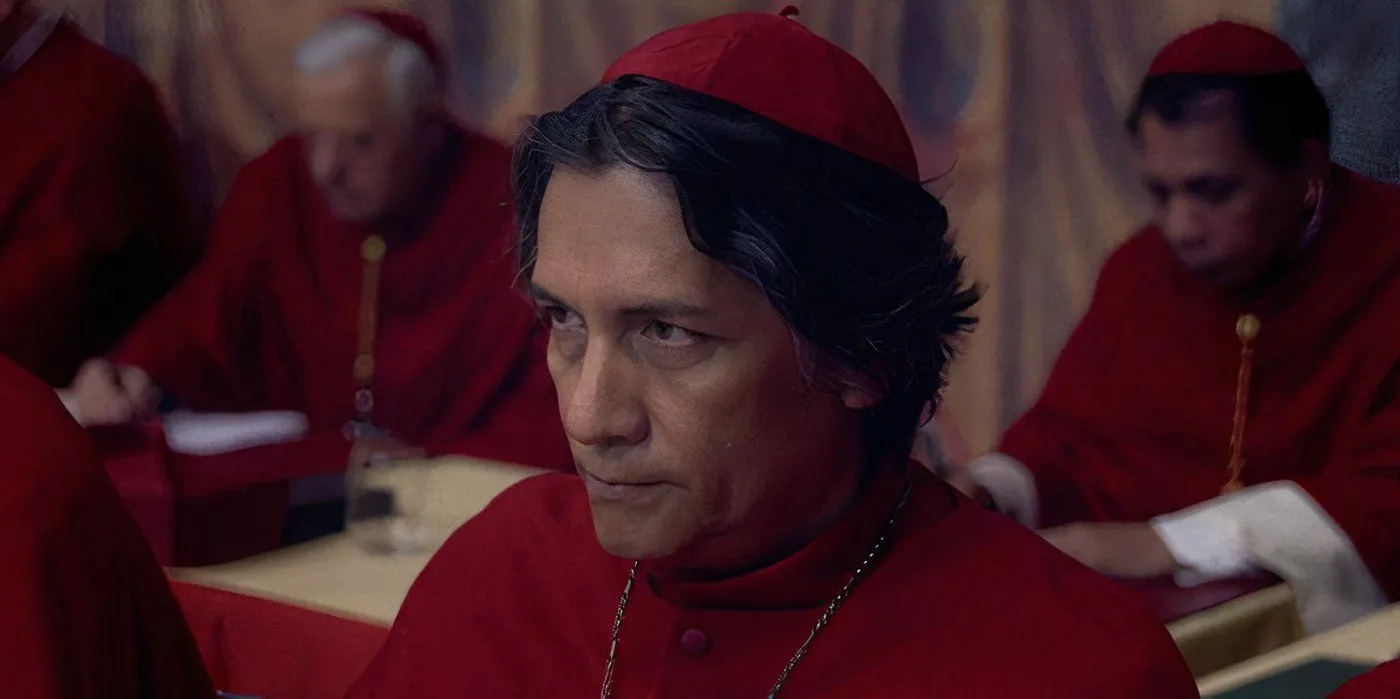
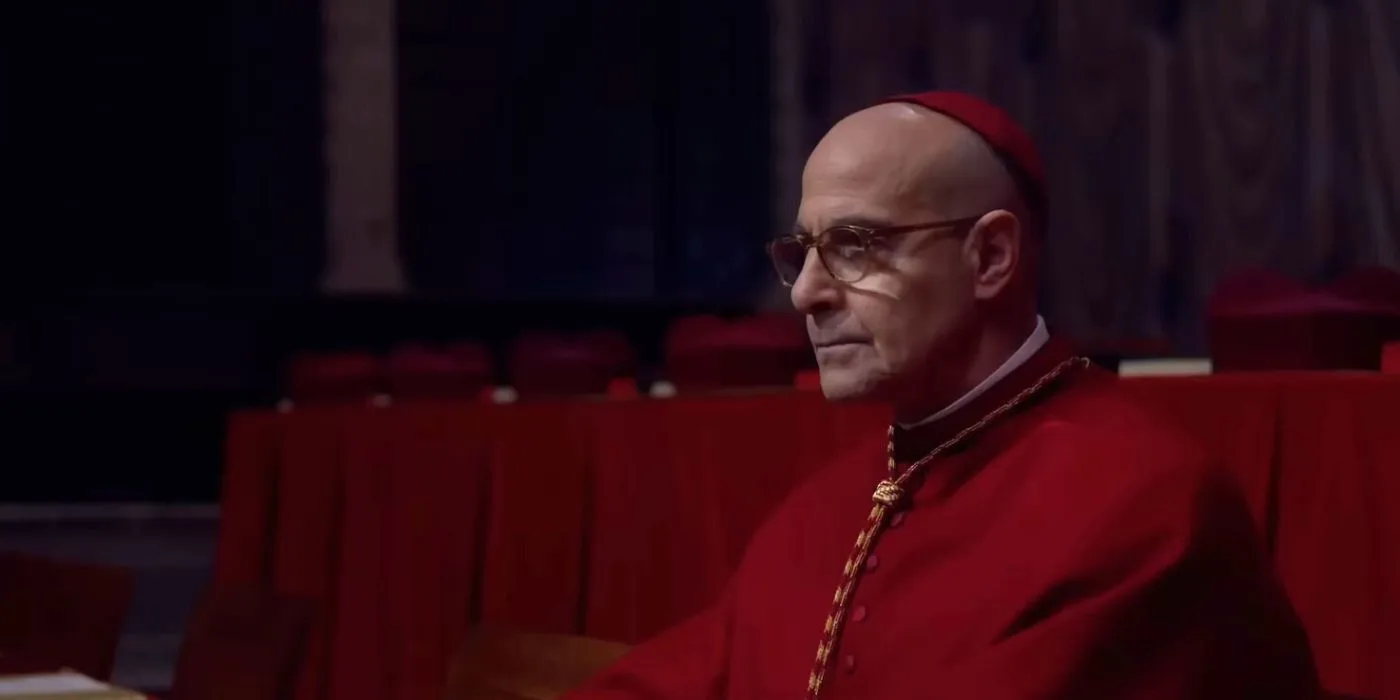
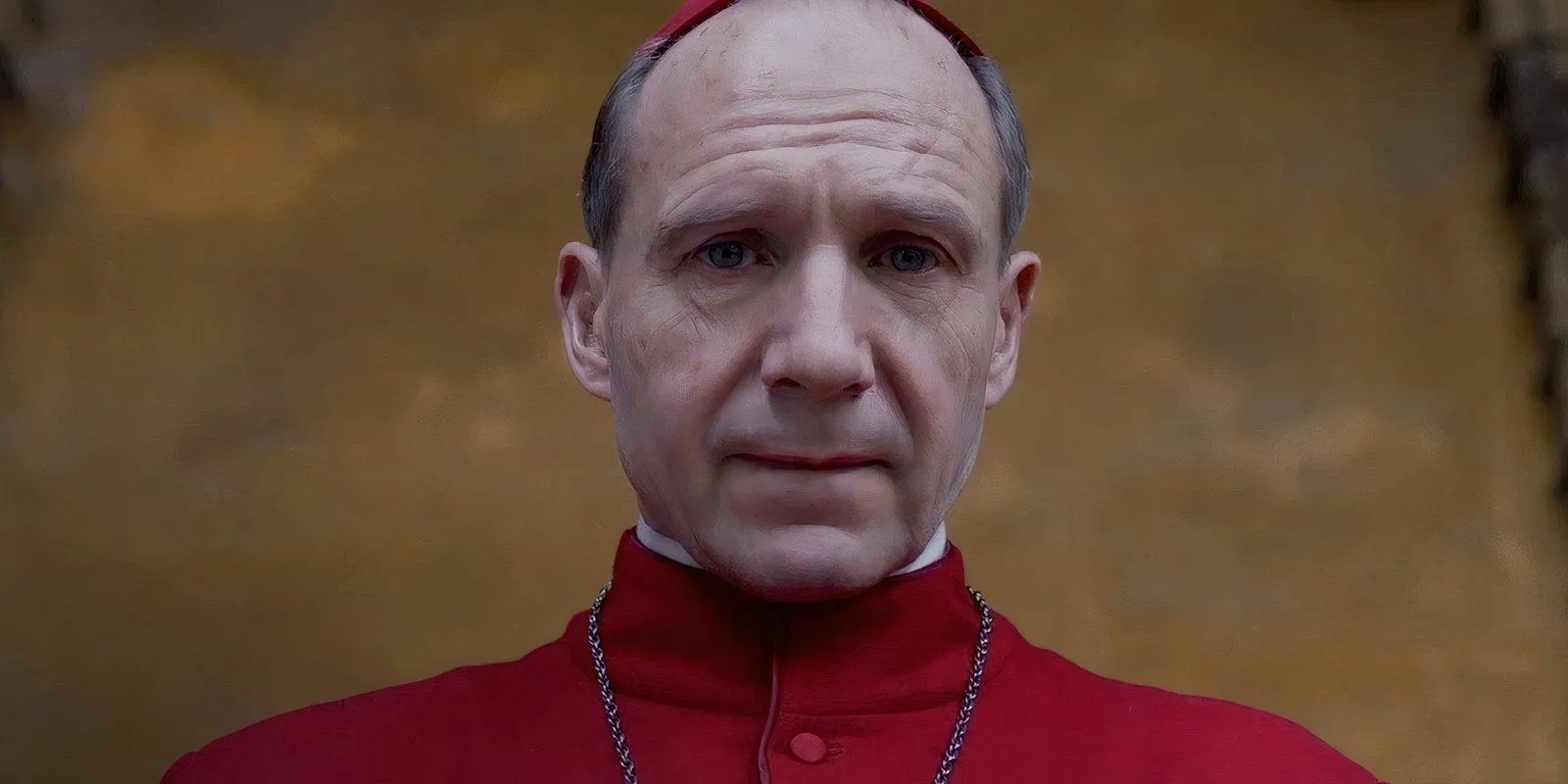
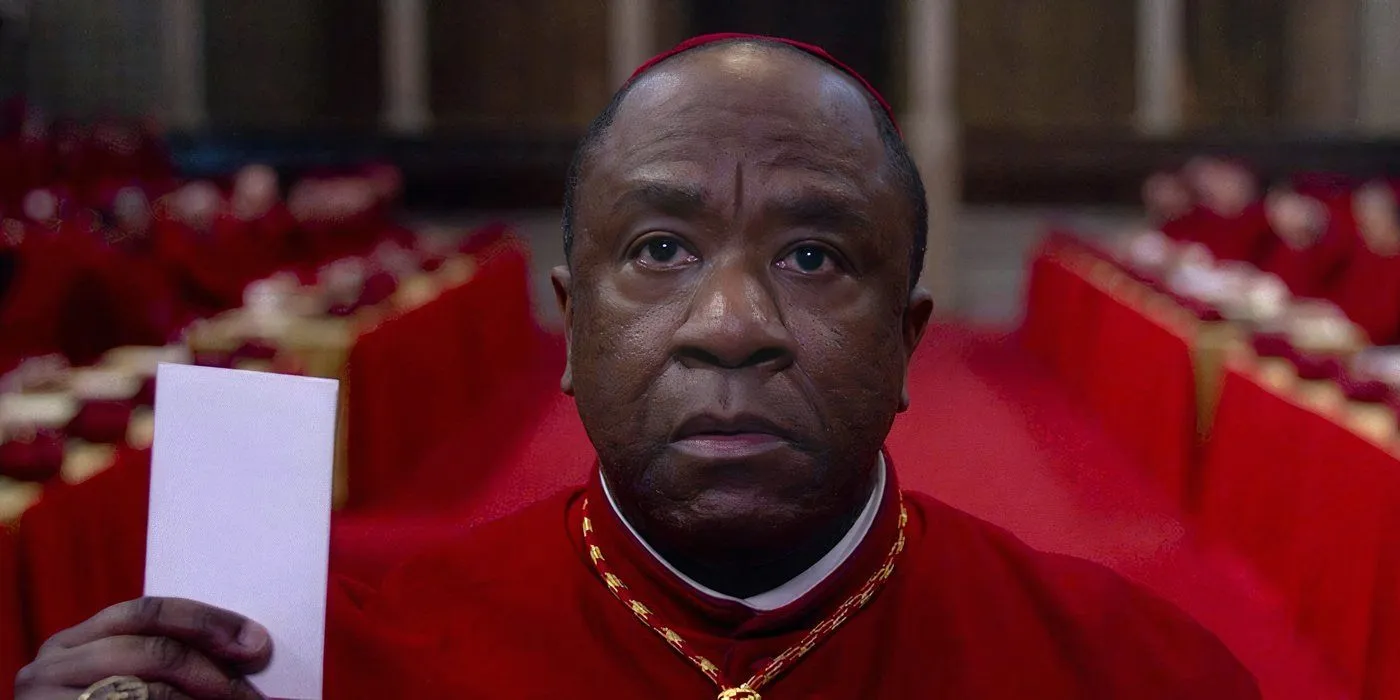
Following the passing of Pope Francis and the impending papal election, interest in both Conclave and the underlying election process has surged. For centuries, the cardinals of the Roman Catholic Church have convened in Vatican City, engaging in a sacred election called a papal conclave. This ceremonial gathering historically takes place in the iconic Sistine Chapel, a tradition established in 1878 during the election of Pope Leo XIII.
Pope Francis himself was elected in 2013 at the age of 76 through this same process. The selection procedure is conducted in utmost secrecy, with the Sistine Chapel undergoing thorough inspections for any recording devices prior to the commencement.
During the conclave, cardinals are prohibited from discussing the election with anyone outside, under the threat of excommunication. Each cardinal is handed a ballot bearing the phrase “Eligo in Summum Pontificem,”meaning “I elect as supreme pontiff.”Notably, cardinals are restricted from voting for themselves. The voting occurs in a predetermined order, with each cardinal casting their ballot into a chalice at an altar, after which the results are counted and declared.
Upon the election of a new pope, white smoke will rise from the Vatican, signaling the conclusion of the conclave to the public. A two-thirds majority is required for a candidate to be elected. Conversely, if no decision is reached, the ballots are burned with a chemical agent that produces black smoke. In such instances, the conclave resumes, holding two to four additional votes each day. If a new pope has not been chosen by the fifth day, the cardinals will take a break for prayer and deliberation.
Historically, the longest conclave spanned from November 29, 1268, to 1271, lasting a staggering 34 months, ultimately resulting in the election of Pope Gregory X.
Who Participates in the Papal Election?
The Role of the College of Cardinals in the Election
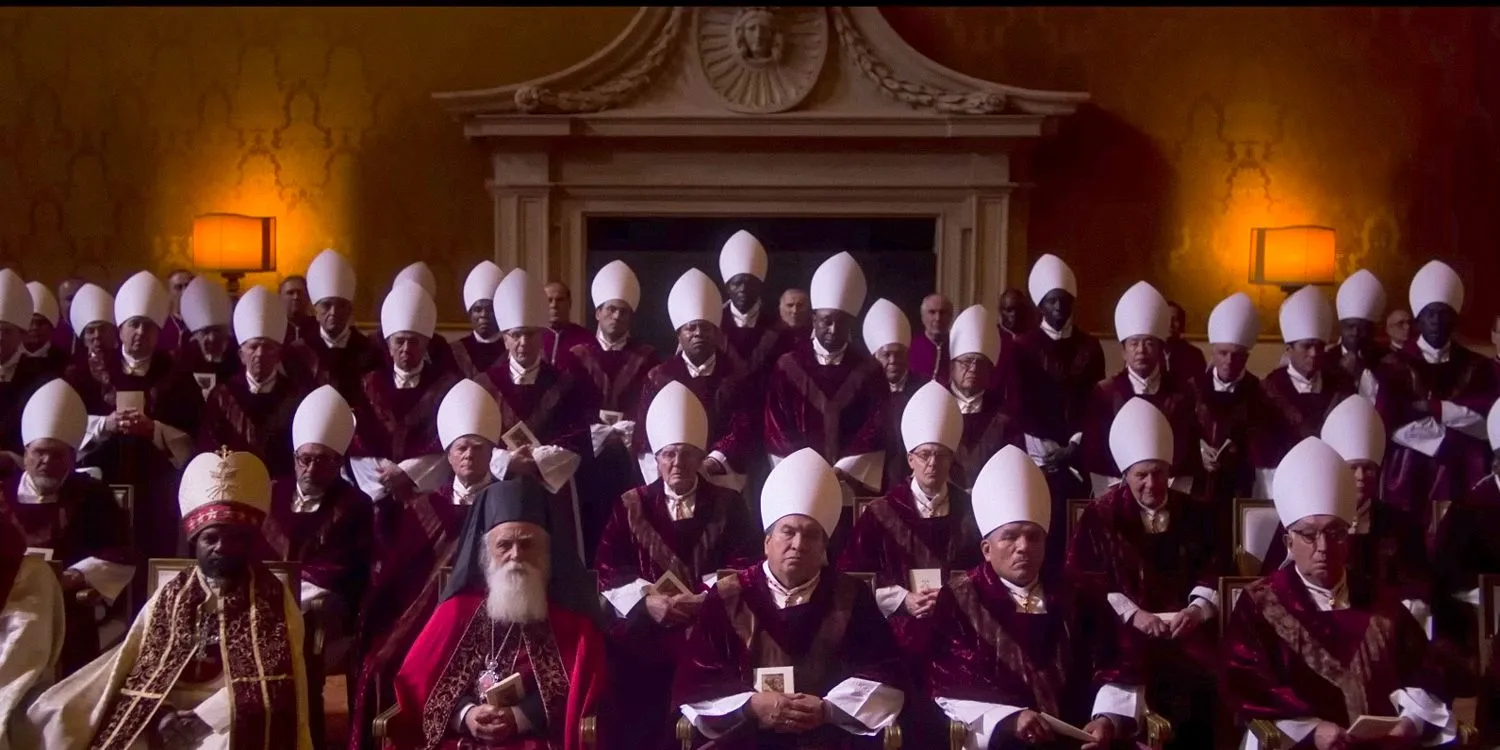
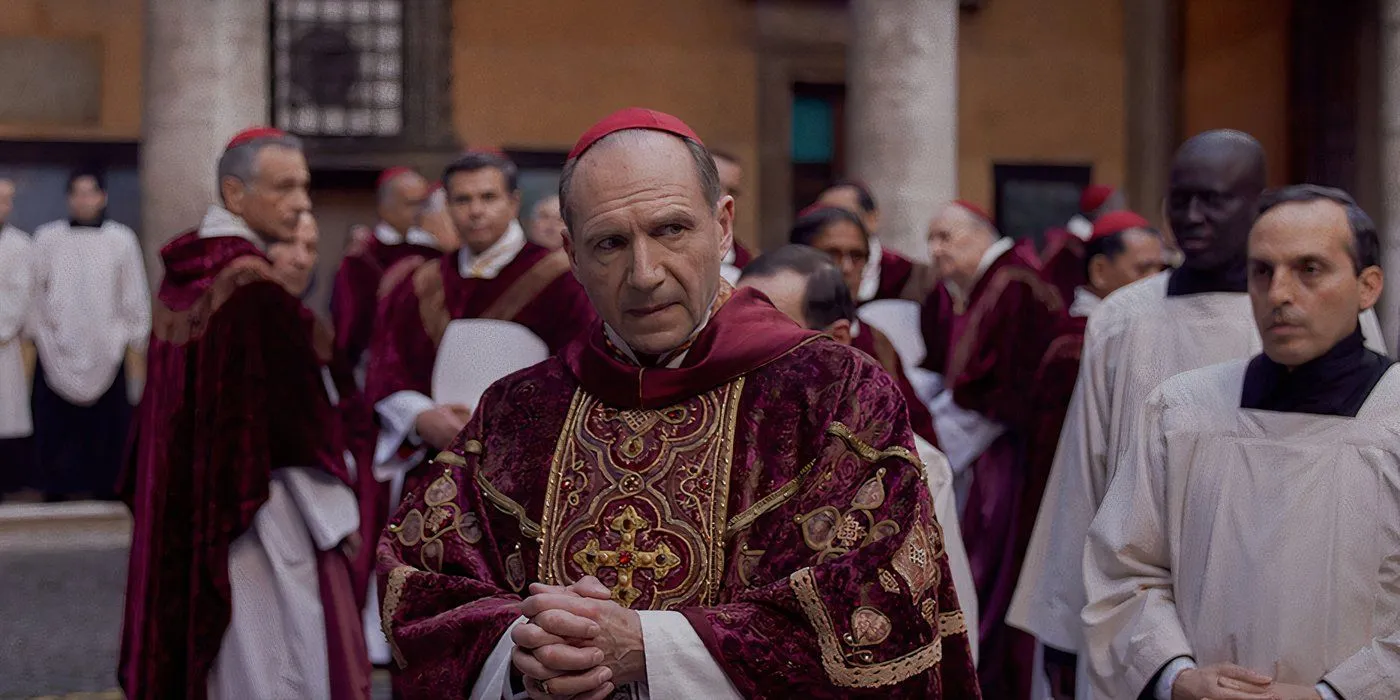
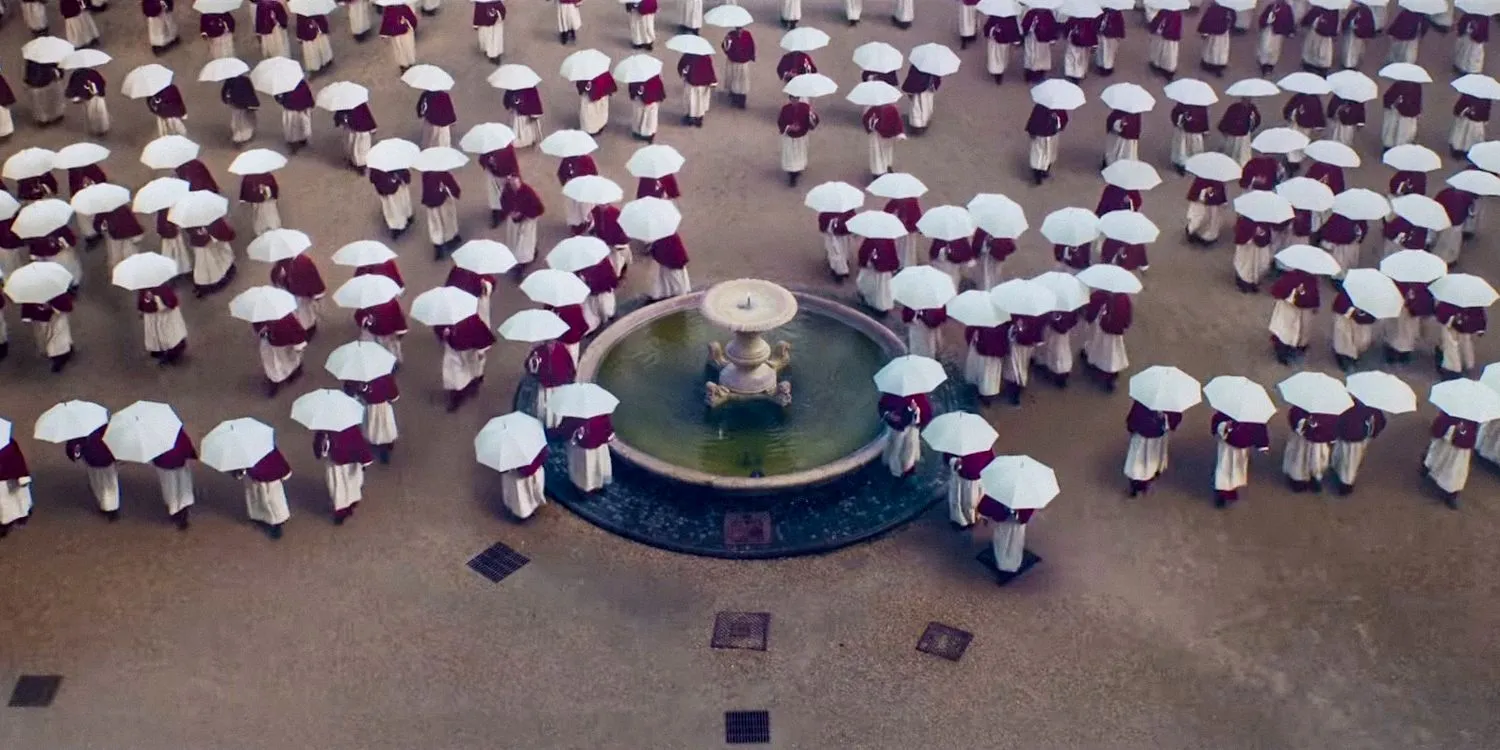
During a papal conclave, all cardinals worldwide under the age of 80 are called to Rome for the election. Typically, about 120 cardinals are expected to attend, meaning that approximately 80 votes are required for a two-thirds majority. In the 2013 conclave which elected Pope Francis, 115 cardinals participated. The only non-cardinals permitted in the chapel during the election are two masters of ceremonies, who assist but do not partake in the voting process.
Currently, there are 135 cardinals eligible to vote in light of Pope Francis’s passing. However, attendance might fluctuate, as not every cardinal may make the journey to Rome, although a significant majority is anticipated.
The Dean of the College of Cardinals has held a prominent role since the 12th century, responsible for presiding over the College’s activities, including summoning cardinals for the conclave and managing the election procedure. A vice-dean is generally appointed to assume responsibilities in the event that the dean is elected pope. Historically, nine deans have taken on the papacy themselves.
Additionally, nine cardinals are randomly selected to fulfill special functions during the election. This includes three “scrutineers”who serve as voting judges, three tasked with collecting votes from cardinals unable to attend due to illness, and three responsible for verifying the scrutineers’ work. Non-cardinal personnel, including the masters of ceremonies, are prohibited from being present while the cardinals cast their votes.
Can Only Cardinals Be Elected as Pope?
The Possibility of Non-Cardinals as Pope
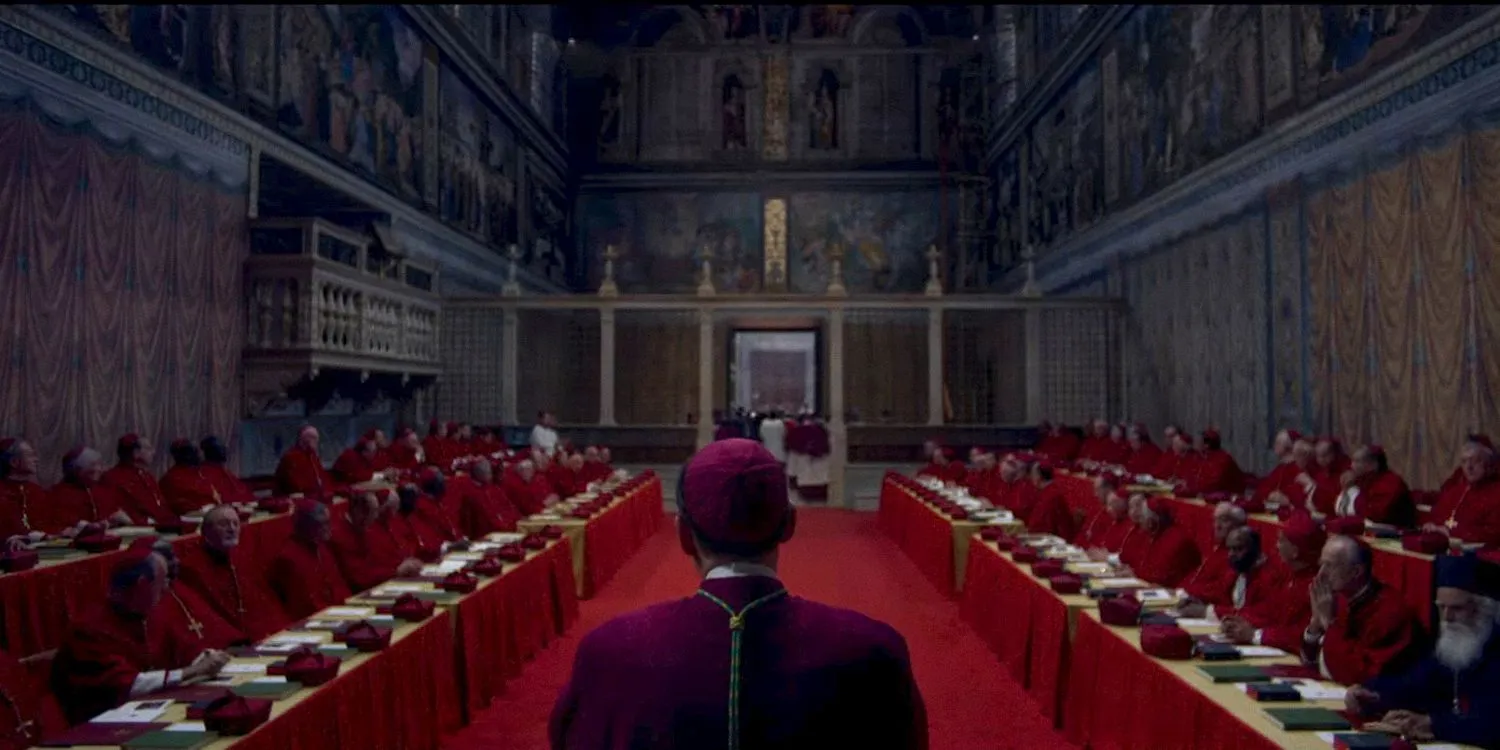
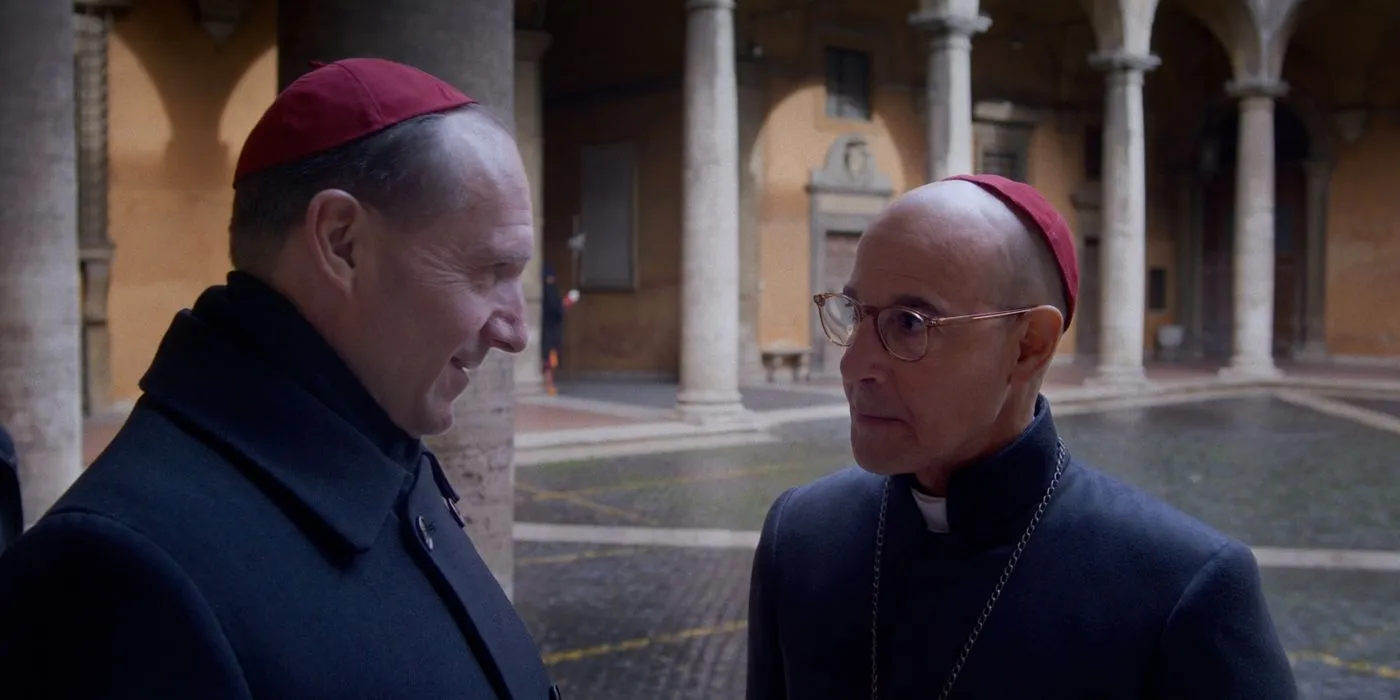
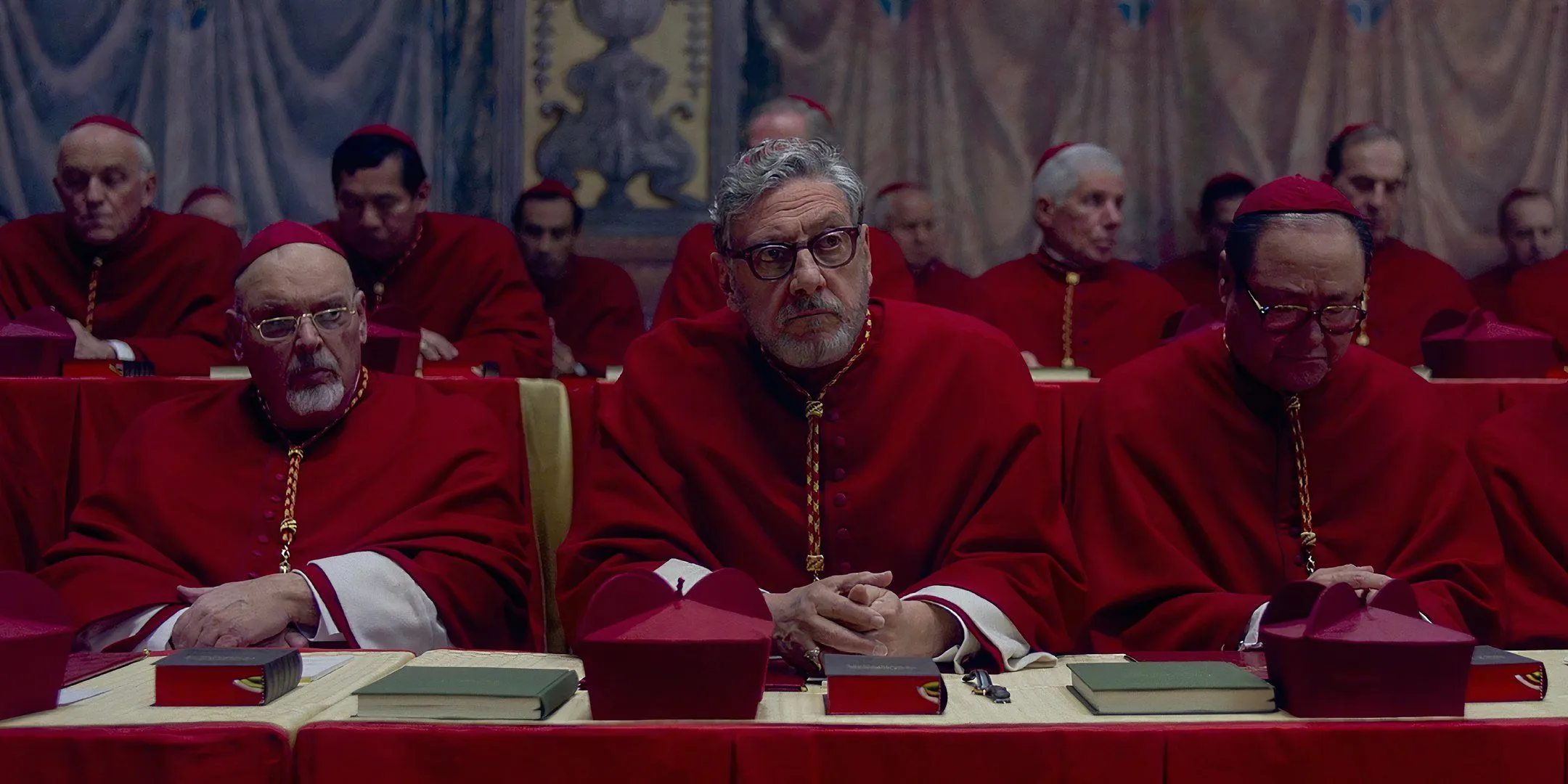
Since 1379, all popes have been cardinals, yet there is no explicit requirement limiting the selection to only cardinals. Technically, any baptized male Catholic is eligible to be elected. Nonetheless, the last non-cardinal elected was Pope Urban VI, who served as an Archbishop. Historically, cardinals have predominantly chosen from their own ranks, aligning with the film’s portrayal of the election process.
Accurate Elements in Conclave’s Portrayal of the Papal Election
Conclave’s Faithful Representation of Rituals
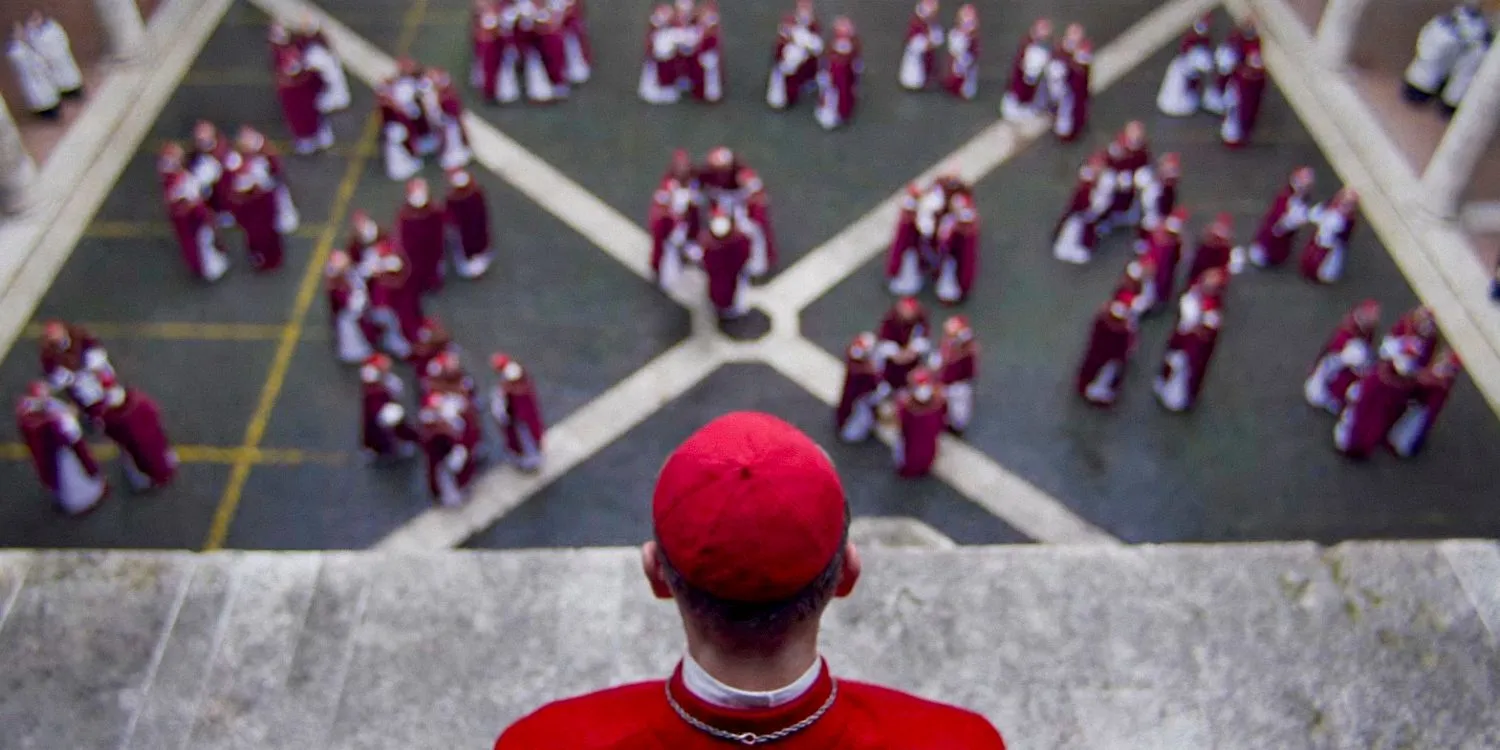
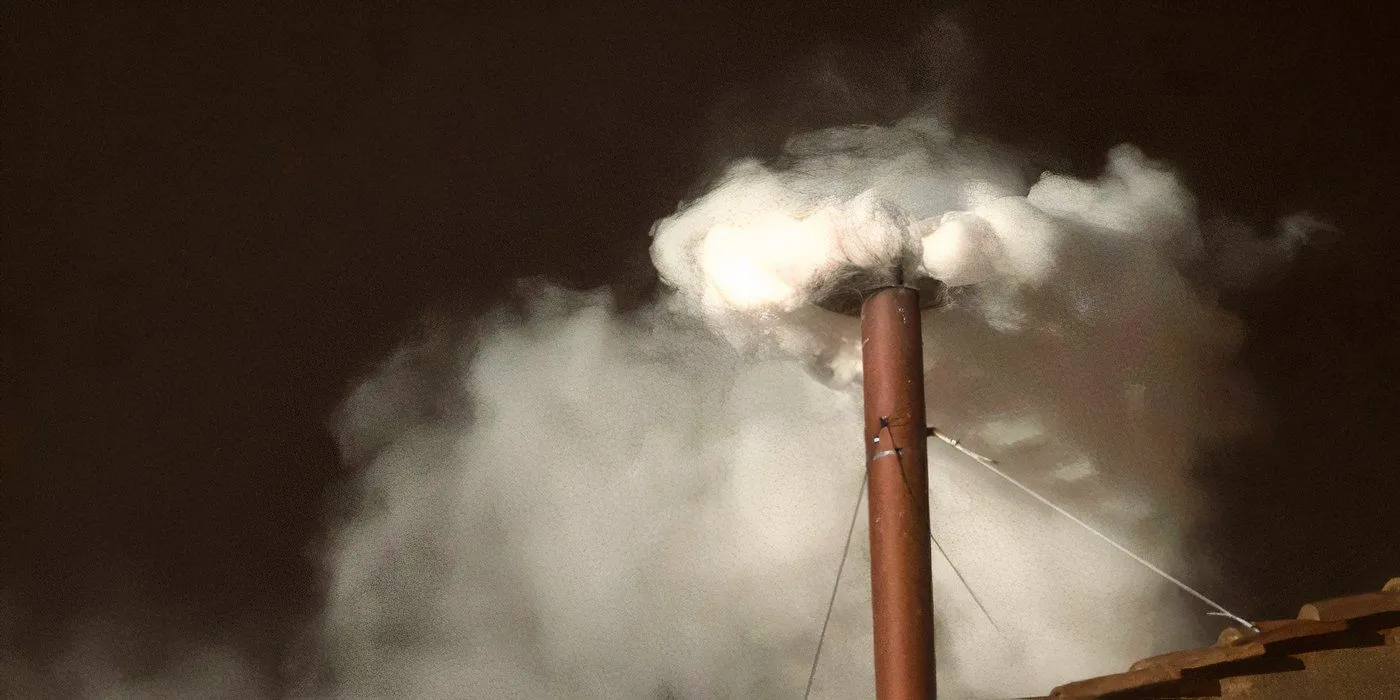
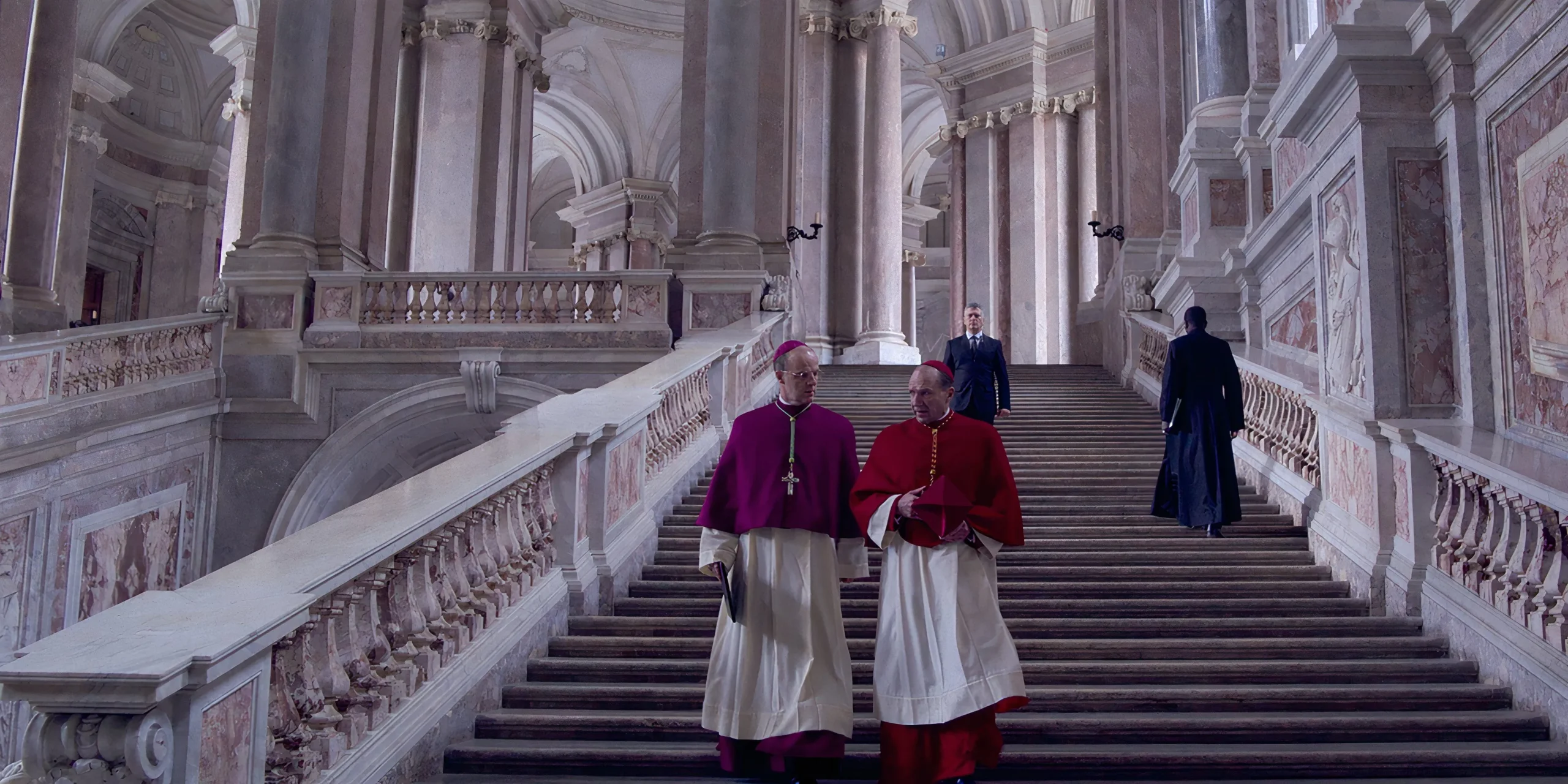
Critics have praised Conclave for its attention to detail in both setting and production quality, but the film also successfully embodies the authentic practices associated with the papal conclave. Particularly faithful to the rich traditions involved, the movie accurately depicts the course of events following a pope’s death, including the ceremonial destruction of the pope’s ring, a significant symbol denoting the conclusion of his reign.
The film’s portrayal of the voting process further exemplifies its commitment to authenticity, detailing the historical rituals surrounding how votes are cast and the subsequent communication with the public via smoke signals, indicating whether a new pope has been selected. While the film emphasizes the isolation of the cardinals, it allows for more external interference than is permitted in actual practice.
Misrepresentations in Conclave’s Depiction of the Election Process
Inaccuracies in Timeline and Sequestration
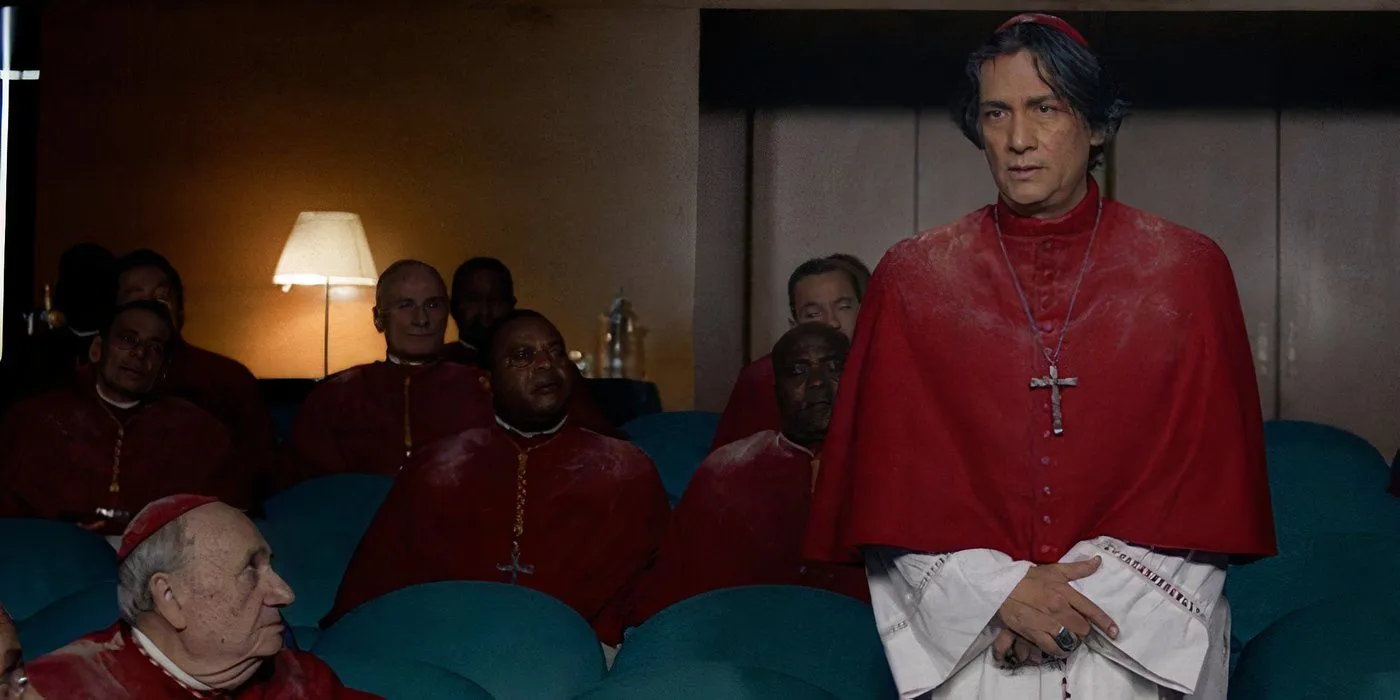
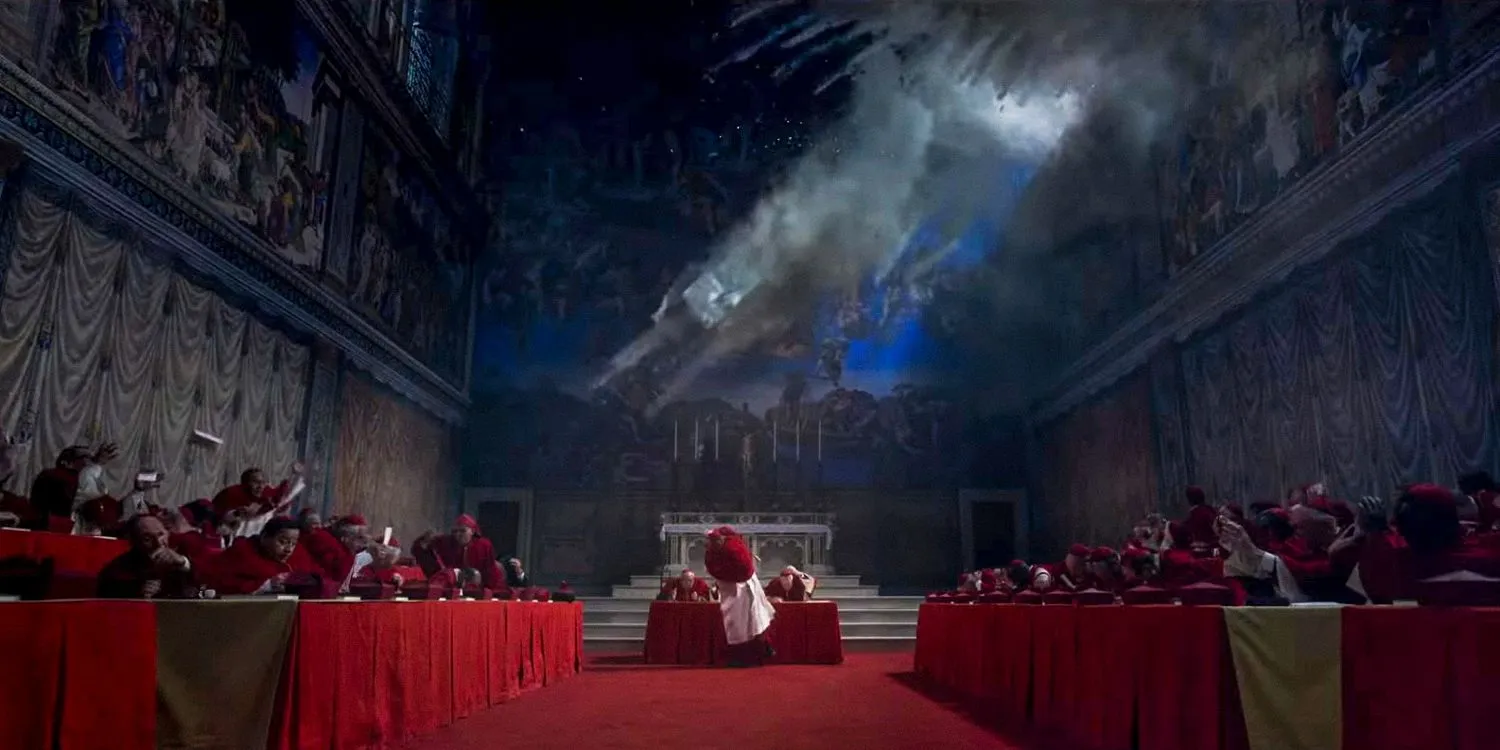
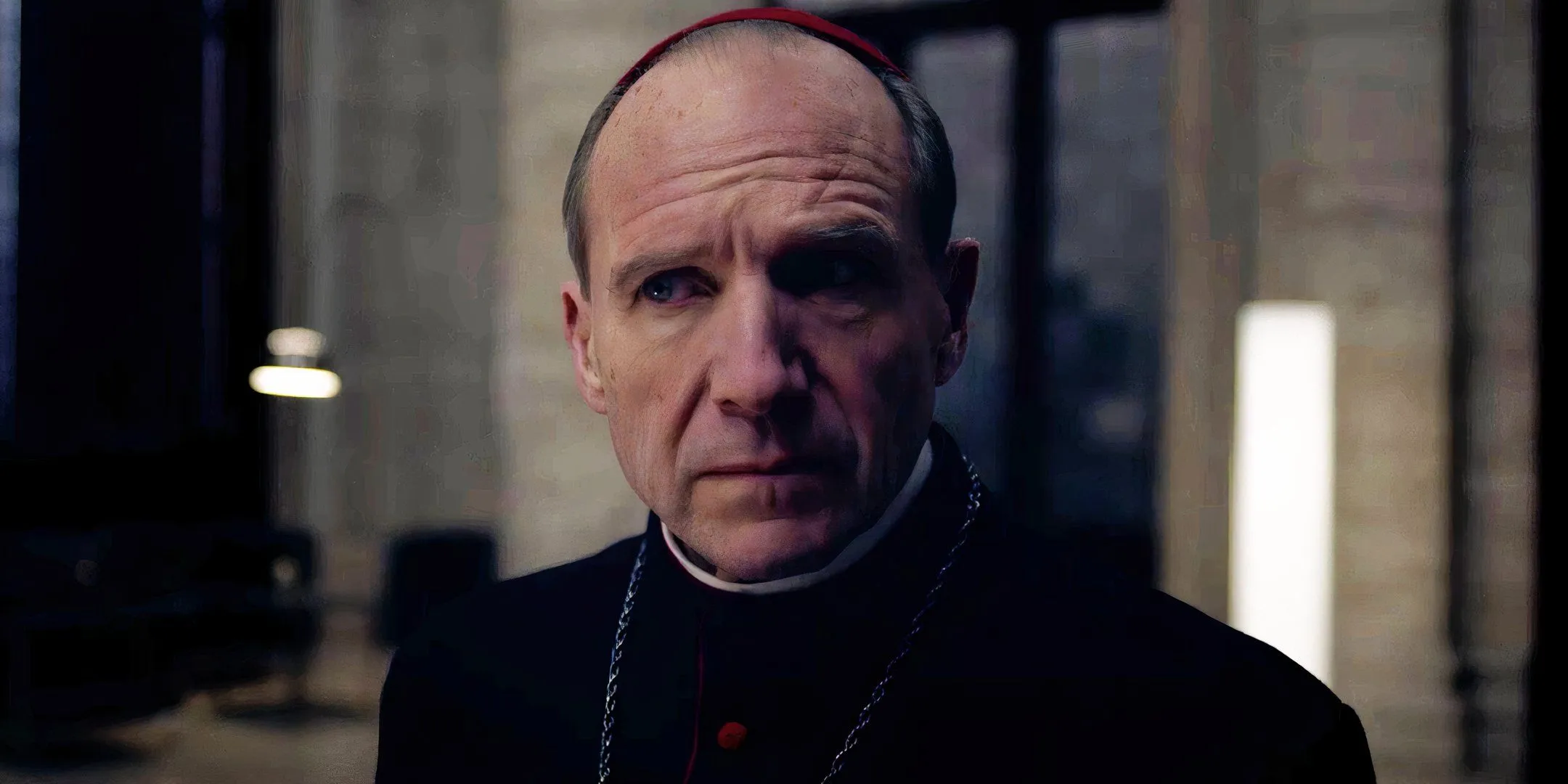
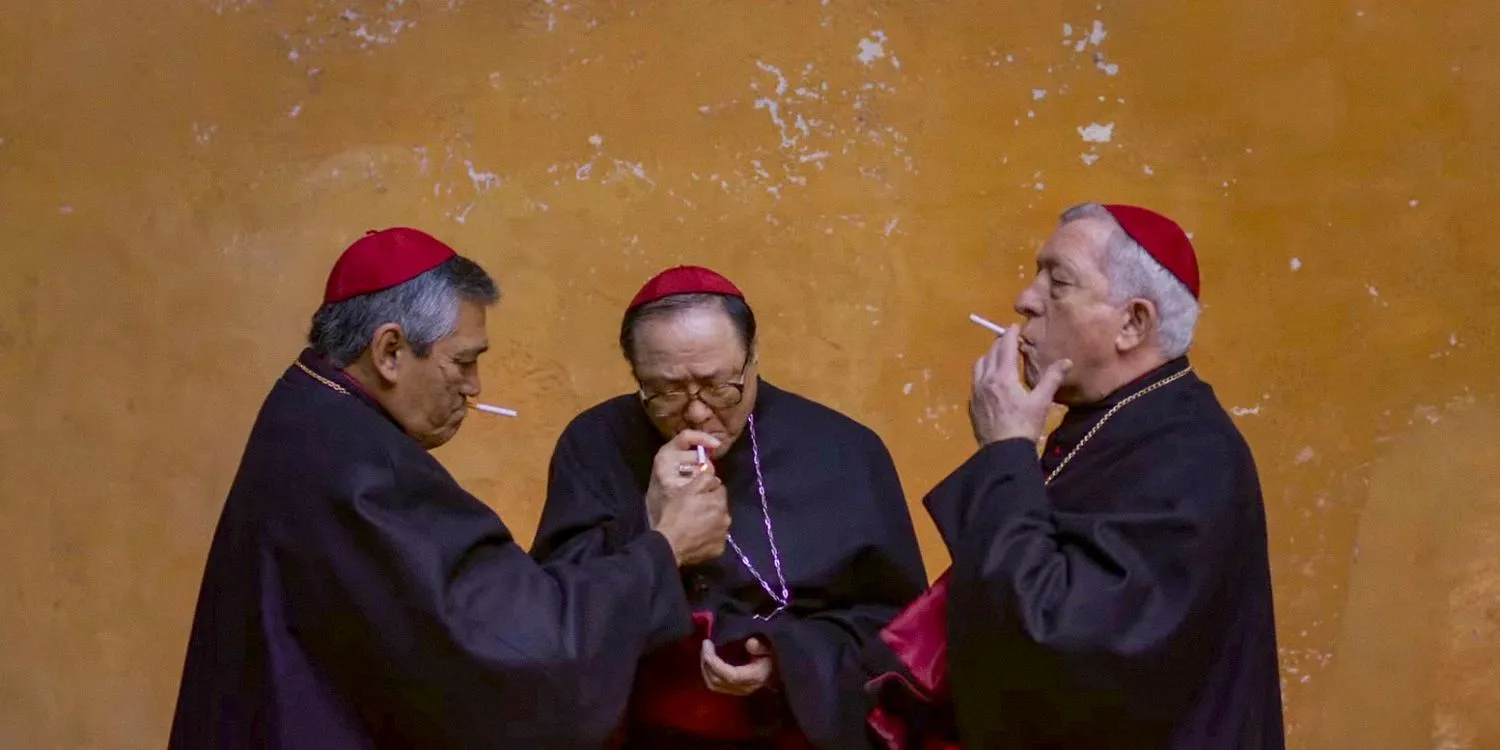
Despite the accolades received by Conclave for its realistic portrayal of the election, some inaccuracies remain. Certain significant elements of the actual process are omitted, including the absence of the vice-dean and the assigned roles such as “scrutineer.”Additionally, conversations between Lawrence and Monsignor Raymond O’Malley would not occur during sequestration, as even the dean is prohibited from outside communication.
While Lawrence’s dialogue with O’Malley adds a dramatic flair, it stretches the bounds of reality. The character of Sister Agnes, played by Isabella Rossellini, likely holds more power than is typically afforded to her role in actuality, serving to underscore feminist themes within the film. There are also instances where Lawrence is shown voting for himself, and it’s implied that other cardinals do the same, a practice that violates the election’s rules.
Moreover, while Conclave portrays the gathering of cardinals swiftly following the pope’s death, in truth, weeks usually pass before a new leader is elected. Following the recent passing of Pope Francis, a nine-day mourning period is set before any conclave proceedings can commence, with the funeral scheduled for April 26, 2025.
One of the most glaring discrepancies is found in the character of Cardinal Benitez, who is ultimately elected as pope. David Gibson, Director of the Center on Religion and Culture at Fordham University, points out that while the possibility of such a character existing is feasible, the film neglects to address a crucial element regarding the “in pectore”cardinal custom:
There is a real custom by which a pope can name a cardinal “in pectore,”which is Latin for “in his heart”or “in his breast.”The name is known only to the pope usually, because the bishop would face persecution if his status were known. This is never explained in the film for reasons of time, I’m sure. One technical problem is that as soon as a pope dies, if he has not revealed this name, that secret cardinal would not be a cardinal and would not be able to enter a conclave even with a permission slip, as Cardinal Benitez does.
While Benitez’s unexpected entrance at the conclave lends itself to dramatic storytelling, it severely overlooks the essential requirement of eligibility needed to attend such an event, representing a significant oversight in Conclave.
